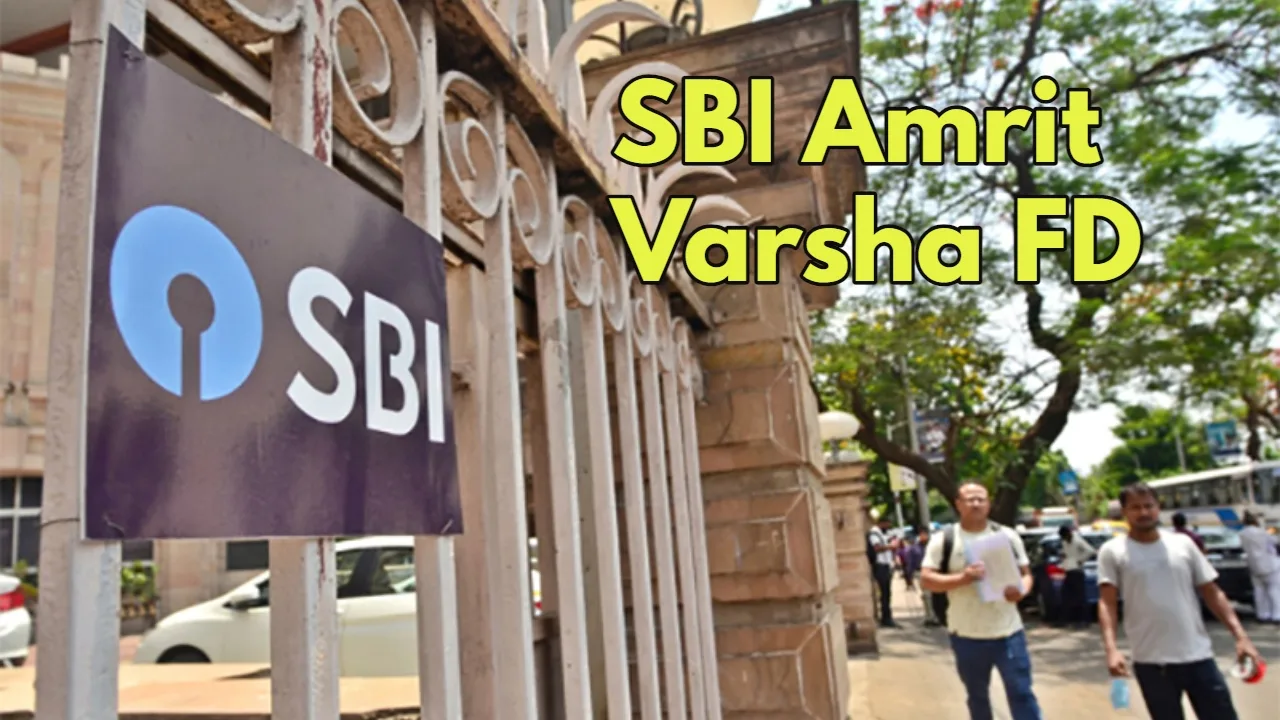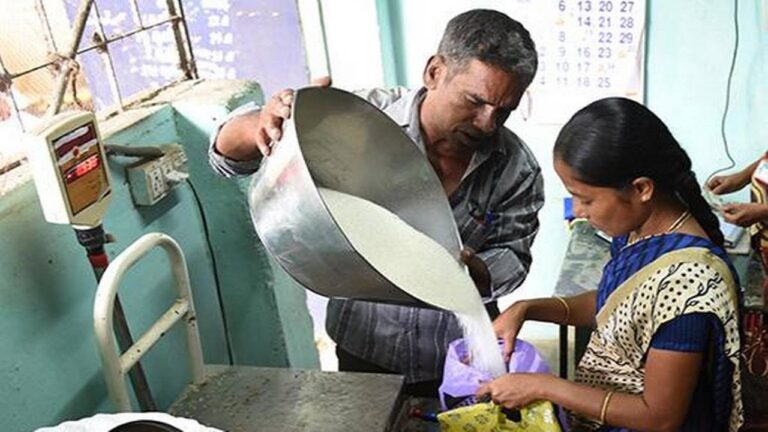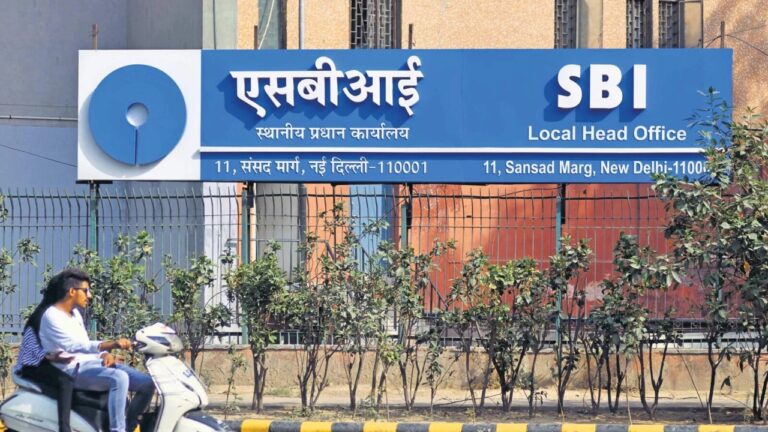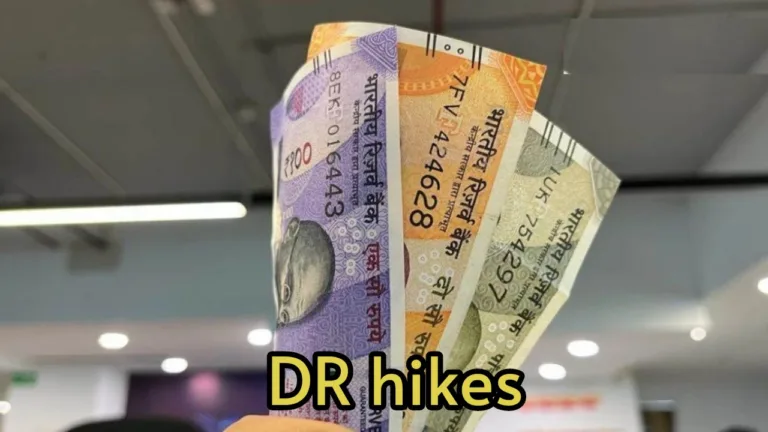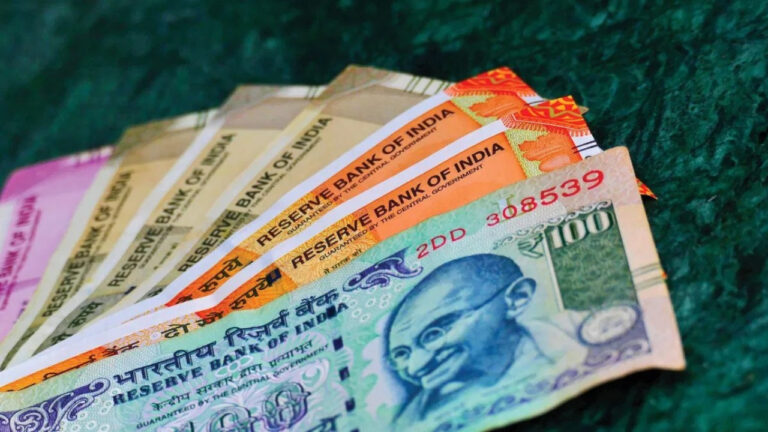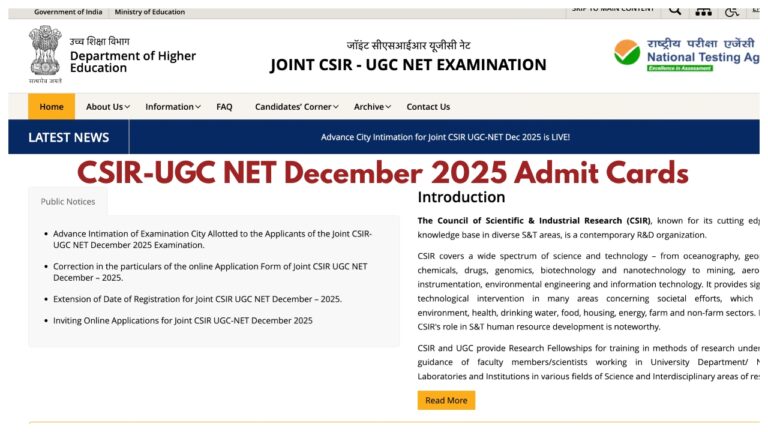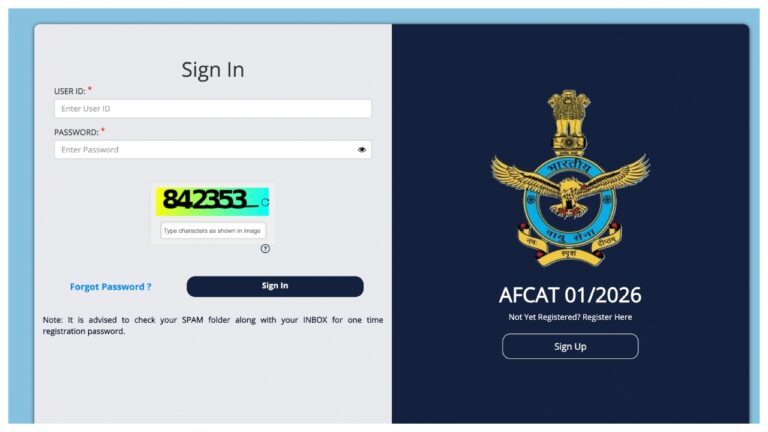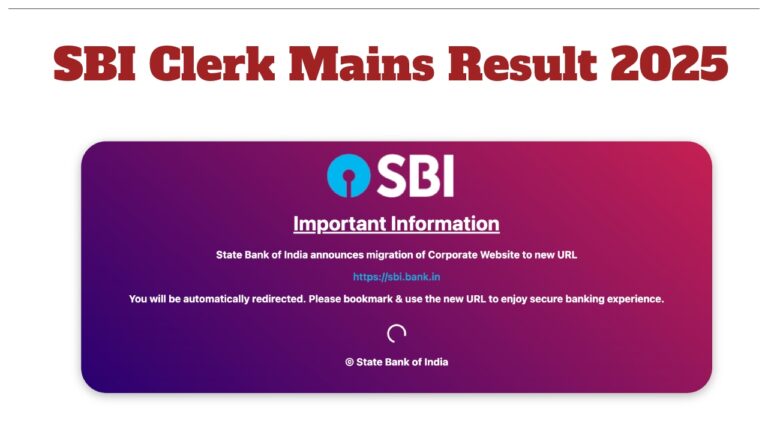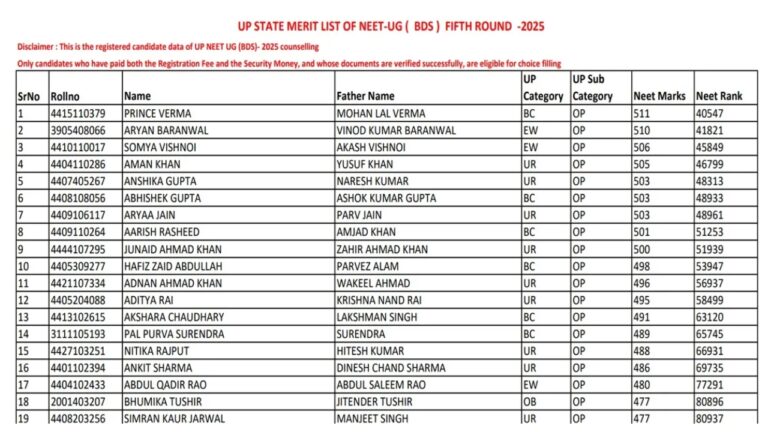The country’s largest public sector bank, State Bank of India (SBI), has made a significant change in the interest rates of its special fixed deposit (FD) scheme “Amrit Vrishti“. The revised rates of Amrit Varsha FD have come into effect from today, i.e. 15 June 2025. Last week, most banks including ICICI Bank, HDFC Bank, and Canara Bank had cut their FD rates. This cut has been done after the Reserve Bank of India (RBI) reduced the repo rate by 50 basis points for the third consecutive time.
Due to the reduction in repo rate, while banks have made loans cheaper, they have reduced the interest on FD. This interest rate cut has had the biggest impact on senior citizens who depend on their savings. Let’s understand in detail how much interest you will get on Amrit Varsha FD now, and what other options of investment in FD should be considered!
How much interest will you get on ‘Amrit Varsha’ FD now
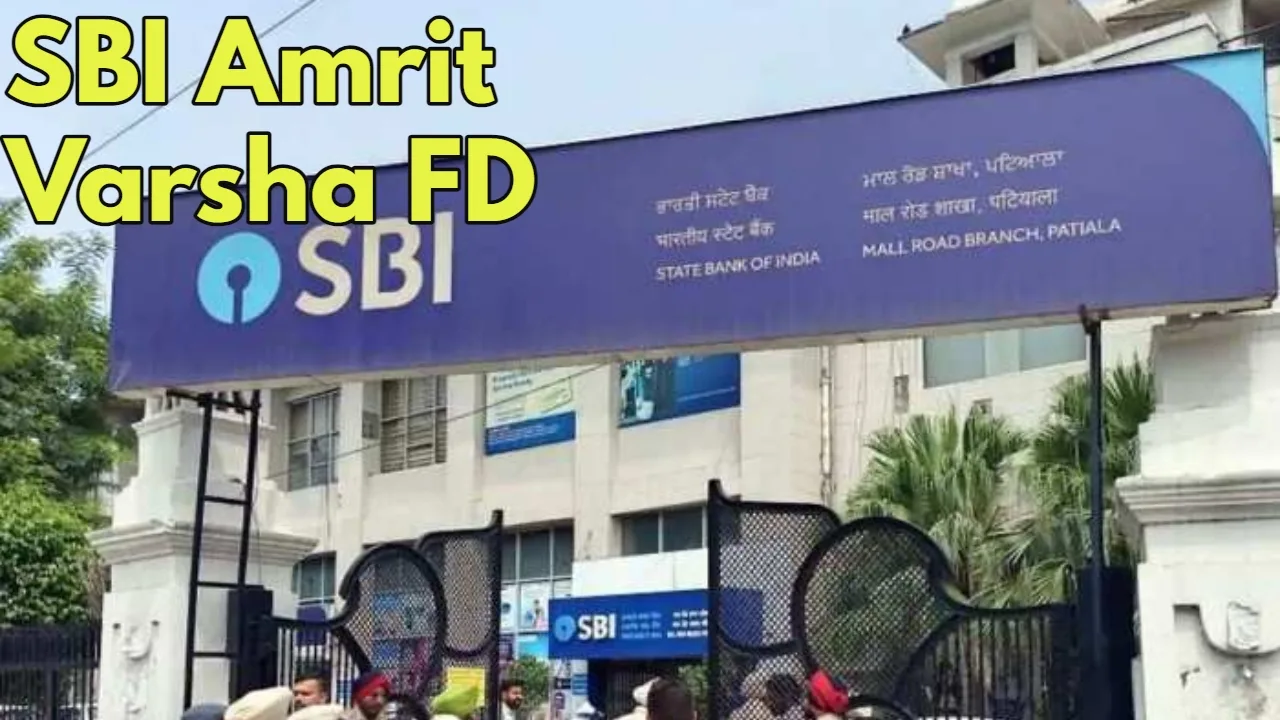
After the latest amendment made by SBI, the interest rates under Amrit Varsha Yojana have been reduced by 25 basis points (bps). For general citizens, the interest rate for 444 days has now become 6.60% per annum, whereas earlier this rate was 6.85% per annum. Senior citizens will now get an interest rate of 7.10% per annum in this FD scheme.
This is still an attractive option for them, as they get more interest than general citizens. Super senior citizens (those aged 80 years and above) will now receive an interest rate of 7.20% per annum, which provides them with the highest returns. According to the SBI website, these new rates have come into effect from June 15, 2025.
What will be the charge for premature withdrawal
SBI charges some penalty on premature withdrawal of fixed deposits. This charge depends on your deposit amount:
A penalty of 0.50% (0.50%) is applicable on premature withdrawal for retail term deposits up to ₹5 lakh (across all tenures).
A penalty of 1% (1%) is applicable on premature withdrawal for retail term deposits above ₹5 lakh but less than ₹3 crore (across all tenures).
If you withdraw an FD in less than 7 days, no interest is earned on it.

FD Alternatives in Changing Markets
The continuous reduction in FD rates by banks may worry investors, especially senior citizens who depend on FDs for their income. In such a situation, it may be wise to consider other savings schemes:
Post Office Savings Schemes
There are still many post office savings schemes offering higher returns than banks. These include options like Kisan Vikas Patra (KVP), National Savings Certificate (NSC), and Monthly Income Scheme (MIS). These schemes come with government backing, making them quite safe.
Bonds and Debentures
Bonds and debentures of some companies with good credit ratings can also offer better returns than FDs, but they have a slightly higher risk than FDs.
Mutual Funds
If you are willing to take a little more risk, then Debt Mutual Funds or Balanced Funds can also be considered, which can give better returns in the long term. However, these have market risk.
Government Bonds
These are also safe investment options and often offer better interest rates than FDs.
